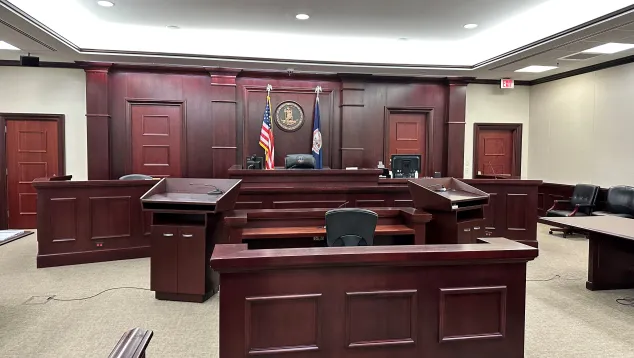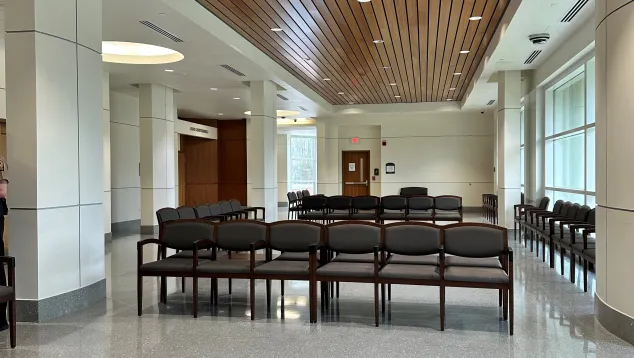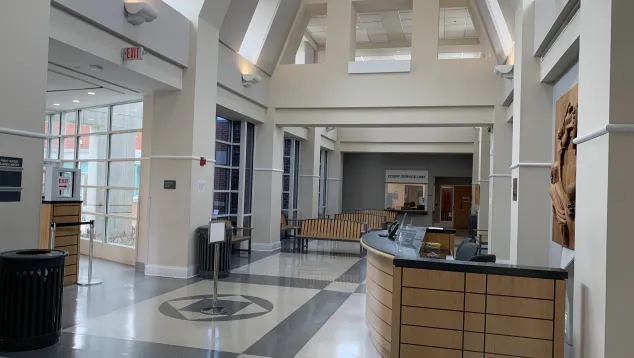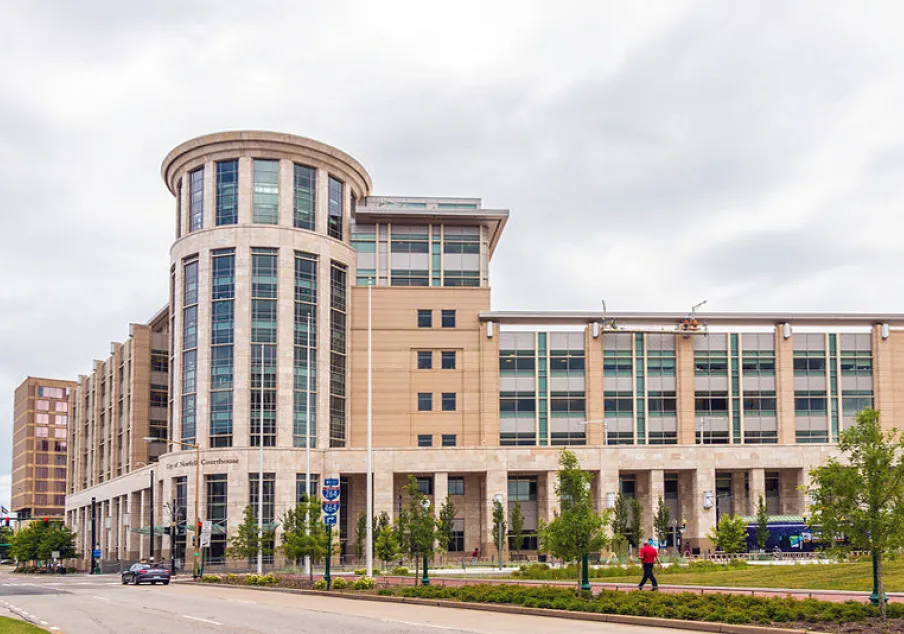Considerations for facility planning & design
Modern courthouse planning and design requires the careful consideration of many factors to ensure safety, access, and the fair and efficient administration of justice. Adapting court services, expanding public access, improving customer service, and ensuring continuity during emergencies are just a few of the considerations requiring review. A successful approach begins with assessing current facilities, projecting future needs, and building a foundation for long-term community service. Active participation from stakeholders — including experienced courthouse planning, design, and construction professionals — and the creation of an advisory committee also contribute to project success.
Adapted from Virginia's Courthouse Facilities Guidelines (2024) — a collaboration between NCSC and the Virginia Supreme Court Office of the Executive Secretary, this guide offers proven strategies and adaptable best practices to navigate the complexities of trial court facilities projects, from pre-planning to project completion.
Essential courthouse components

Courtrooms, chambers & jury operations
These spaces are the central hub for legal proceedings, providing a dignified and functional environment for judges, jurors, and other participants.

Clerk of court areas
These areas should be visible and easily accessible to the public, while also providing convenient staff access to courtrooms and other key areas of the courthouse.

Secure courthouse areas
Spaces necessary for monitoring security operations, holding and transporting individuals in custody, and providing restricted access for sensitive operations.

Public areas & shared building amenities
These spaces should offer an open and spacious experience for users while also conveying the importance and authority of the courts.

Court and court-related agencies & services
Spaces required for various court-related agencies and services, ensuring they can operate effectively within the courthouse setting.

Understanding the complexity of planning & design
Take a deep dive into Virginia's guidelines that combine trusted expertise with adaptable best practices to help courts navigate the complexities of courthouse planning. You'll discover insights on pre-design planning, the design phase, construction bids and execution, project delivery methods, local governments' statutory responsibilities, and financing courthouse facilities.
Key considerations for planning & design
A comprehensive courthouse planning process addresses a range of programmatic, design, and operational considerations.
Our expert
We're your courthouse planning & design experts
Our team is available to support your court's unique facility needs. Our specialized experience in court space planning and design will ensure your next project is strategically planned to meet the current and future needs of your court.
Explore more
Courthouse planning & security
Discover how NCSC assists with courthouse planning and security, aiding in the transition towards flexible spaces and increased accessibility and security. Ideal for court architects.
Court space design & security
Explore NCSC's court space design and security consulting services. Learn about accessibility, case management, sustainable planning, technology integration, cybersecurity, and more from expert consultants.
Integrating universal design in courthouse planning
Adapting universal design in courthouse planning, including the use of assistive technologies, clearer processes, and flexible options, can enhance accessibility, fairness, and participation for all users, including people with disabilities and those self-representing, according to an article by Diane Robinson and Zachary Zarnow of the National Center for State Courts (NCSC).



